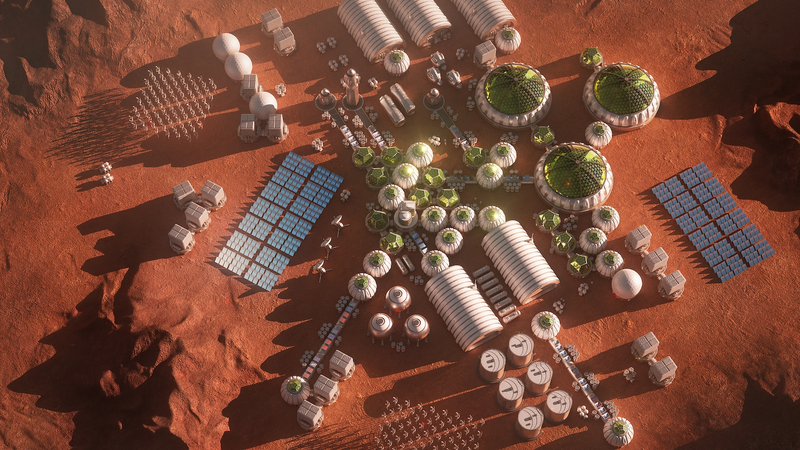From Lab to Lunar Greenhouses
In November 2025, a coalition of international universities and space agencies unveiled a visionary roadmap for growing plants on the moon and Mars. By combining closed-loop hydroponics, energy-efficient LED lighting and AI-driven monitoring, the proposal charts a clear path toward self-sustaining greenhouses beyond Earth.
Key Innovations Fueling Space Farms
- Hydroponic systems recycle up to 90% of water, crucial for water-scarce environments.
- Adaptive LED lighting mimics natural sunlight cycles, optimizing photosynthesis in low gravity.
- AI analytics track plant health and resource use in real time, reducing labor and waste.
Earth Benefits: Sustainable Ag on the Ground
These space-tested technologies could transform food production on Earth. Pilot studies suggest hydroponic setups using similar designs can cut water use by 40% and boost yield per square meter by 30%. Urban farms and arid regions stand to gain the most.
Challenges and Next Steps
Despite the promise, scientists must tackle low-gravity effects on root growth, cosmic radiation and autonomous operation. Prototypes are slated for testing at polar research stations and in orbit by 2026, setting the stage for lunar trials in the early 2030s.
A New Chapter for Exploration and Sustainability
As space agencies plan crewed missions to lunar south pole craters and Mars orbiters eye future landings, these space farms could be the linchpin for long-duration missions. From empowering entrepreneurs in agtech to inspiring eco-conscious travelers, the roadmap bridges innovation from planet to space—and back again.
Reference(s):
Scientists unveil space farm roadmap for moon, Mars missions
cgtn.com




